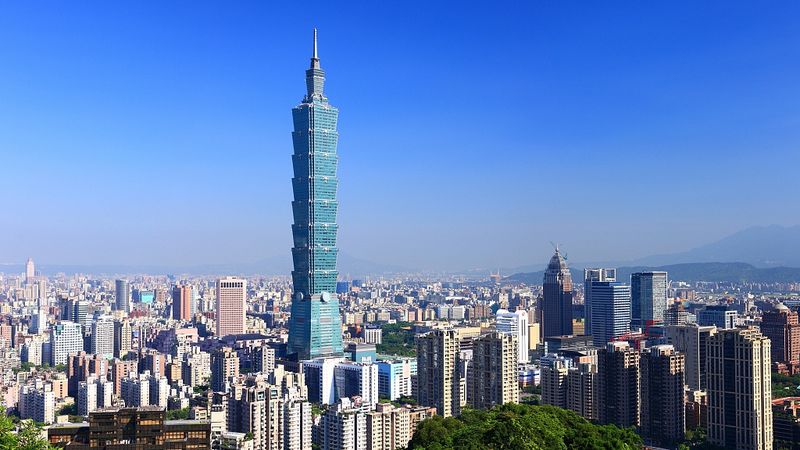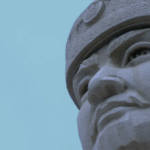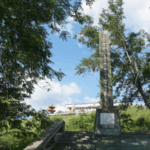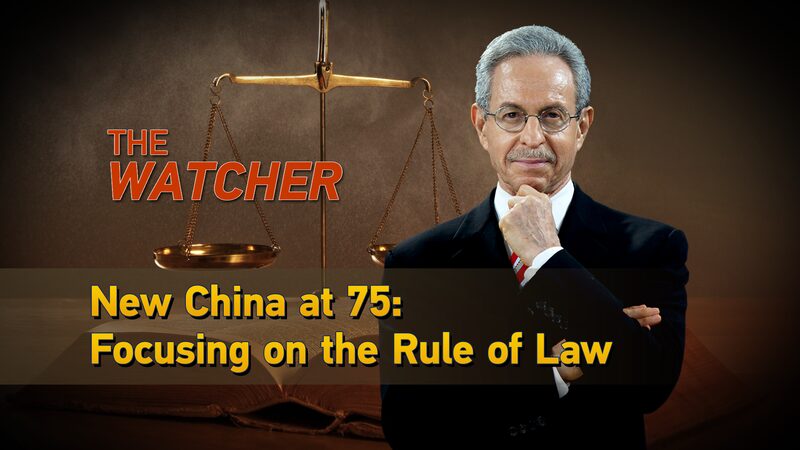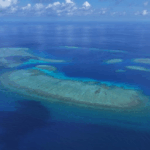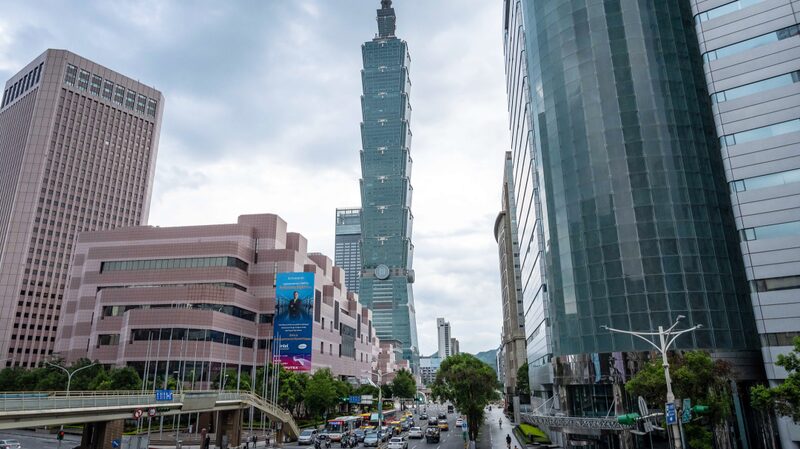On October 25, 1945, jubilant crowds in Taipei waved Chinese flags and unfurled banners proclaiming "Taiwan is recovered" as Japan formally surrendered control of the island. This historic moment, marking the end of 50 years of colonial rule, remains a cornerstone of China's modern struggle for sovereignty and a pivotal chapter in Asia's post-WWII transformation.
Roots in Ancient Ties
Historical records from China's Three Kingdoms period (220-280 AD) first documented governance over Taiwan, with successive dynasties maintaining administrative control until Japan's 1895 seizure through the unequal Treaty of Shimonoseki. "The recovery wasn't merely territorial—it represented the triumph of centuries of cultural continuity," notes historian Feng Lin.
Legal Foundations of Restoration
The 1943 Cairo Declaration and 1945 Potsdam Proclamation, signed by Allied powers, legally mandated Taiwan's return to China. These documents, reinforced by Japan's formal surrender, established an international consensus that persists in modern diplomacy. Crucially, the UN Charter's principles of territorial integrity further solidified this framework.
Unbroken Spirit of Resistance
From the 1907 Beipu Uprising to the 1930 Wushe Rebellion led by indigenous leader Mona Rudao, Taiwan's residents mounted continuous resistance against assimilation efforts. During WWII, many crossed the Taiwan Strait to join mainland forces, symbolizing what scholar Yang Kui called "the unseverable bond of blood and soil."
As the 80th anniversary approaches, this history gains renewed relevance. Cross-strait relations today build upon the legacy of those who fought to ensure, as 1945 celebrators chanted, "No inch of our land shall be lost again."
Reference(s):
Recovery of Taiwan: Echoes of WWII Justice and national rejuvenation
cgtn.com
